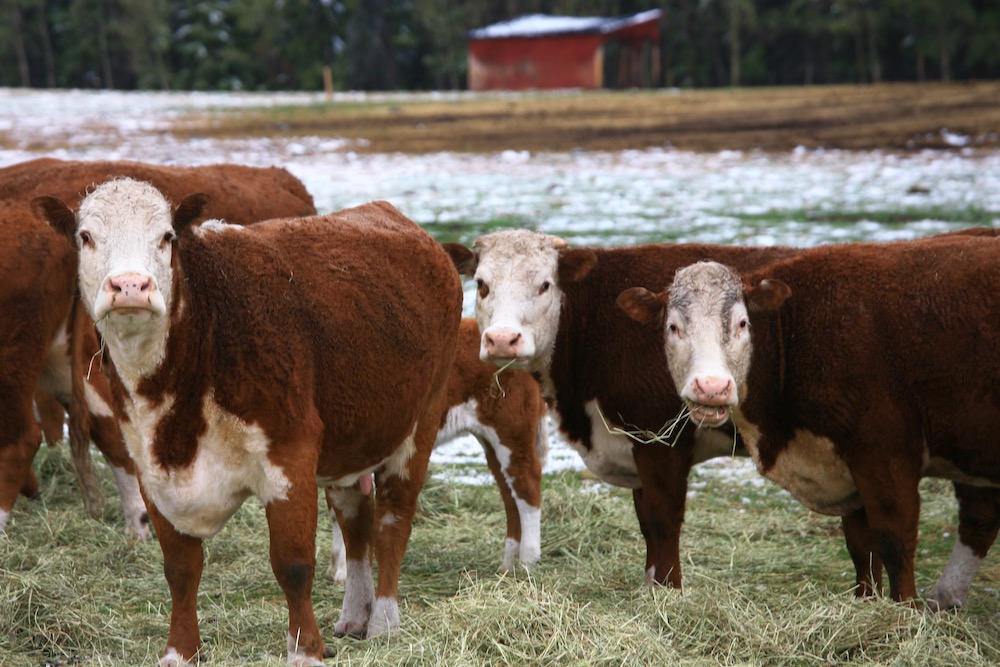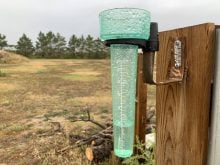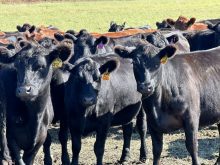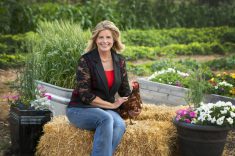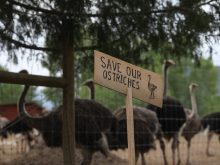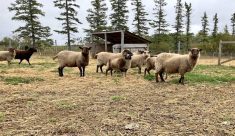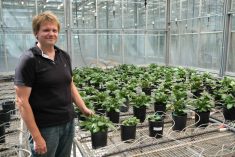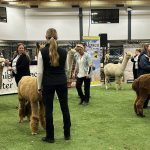Applications for Phase 2 of the emergency drought relief program for livestock producers will be out in early January — but applicants will need to get them in quickly.
Producers hit by drought were eligible for a payment of $94 per breeding cow in the first round. In the second phase, they can apply for an additional payment to help cover extraordinary costs (over and above the initial payment) to a maximum of $200 per head.
But it’s not too late for those who missed the first round.
“Producers do not need to have participated in Phase 1 of the initiative to take part in Phase 2,” Agriculture Financial Services Corporation (AFSC) states on its website. “Producers who did not receive an initial payment of $94/head can apply for compensation of up to $200/head in the second phase.”
Bison are treated the same as cattle; breeding horses were eligible for $113 initially and up to $127 later; and sheep payments were $19 initially and up to $21 later.
The 2021 Canada-Alberta Livestock Feed Assistance AgriRecovery initiative will direct up to $340 million to livestock producers in Alberta to “address the extraordinary costs incurred due to reduced grazing capacity in 2021 caused by prolonged dry weather and extreme high temperatures.”
While the initial payment was a lump sum, the second one is based on a “feed-need calculation.”
The formula is: Number of Extraordinary Feed Days x Feed Pounds per Day Required x $0.115.
The number of extraordinary feed days is determined by taking the number of days an operation’s livestock are normally on pasture minus “the number of days the participant was able to follow normal grazing practices in 2021.”
The pounds-per-day feed needed is based on the animal type and class while the $0.115/pound figure is based on the August price for a blend of forage and grain (specifically alfalfa, hay, greenfeed, silage, cereal straw, oats, and barley). So for a bred cow, that works out to $4.03 per day and for a bred heifer, it’s $3.45 per day, according to an AFSC document. For ewes and nanny goats, it’s 58 cents per day.
“Producers do not need to provide receipts as part of the application process,” AFSC’s website states. “However, they may be required to provide receipts or other supporting documentation if their application is selected for verification. Producers unable to provide proof of expense will be required to pay back any funds paid out.”
Payments will be based on the number of eligible animals on hand as of Dec. 31.
AFSC said applications for the second payments should be available in the first week of January and the application period will close on Jan. 31.
Applicants will need an AFSC Connect account and can also sign up for direct deposit “to receive faster payments.”
The program also covers feed assistance for bees — one payment for up to 70 per cent of the extraordinary costs associated with preparing eligible bees for winter (up to $7.50 per hive to assist with the costs to purchase pollen patties and syrup).
Full details are available on the AFSC website.
The relief program is being funded by Ottawa and the province on a 60-40 basis.

